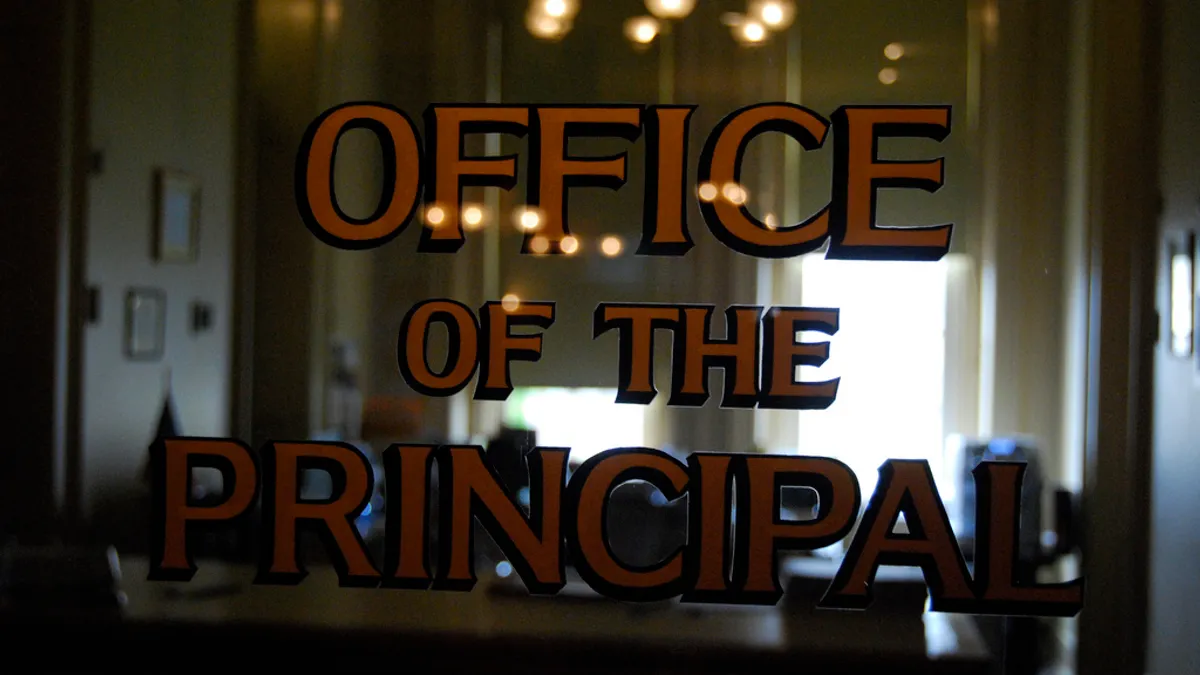Dive Brief:
- A study by researchers at Vanderbilt University and George Mason University presented this week at the annual American Educational Research Association meeting finds that school leaders graduating from North Carolina's alternative certification programs have high placement rates and are taking positions at low-performing schools with high populations of economically disadvantaged students, but they may be no more effective —or even less effective — than those going through traditional programs.
- The research, titled "Alternative Principal Preparation Pathways: North Carolina’s Regional Leadership Academies," also notes that while the program was funded by Race to the Top grants, it costs twice as much to produce a RLA graduate (about $110,000 per participant) compared with one from a traditional program.
- Overall, 28% of the 189 RLA graduates from the program's three Race to the Top cohorts were principals and 42% were assistant principals during the 2016-17 school year; 70% worked in schools that were significantly more disadvantaged than average North Carolina schools and most performed at the same level on superintendent-rated administrator evaluations as non-RLA school leaders.
Dive Insight:
Notably, "human resource leadership" was the leadership competency evaluated where RLA graduates who became assistant principals fared significantly worse than peers on average.
Staffing low-performing schools that serve disadvantaged students has presented a problem for administrators in locations ranging from urban to rural. In urban environments, the schools often suffer from reputations related to their surrounding neighborhoods, while rural schools must contend with being located in more remote or isolated locations. Either scenario can make it difficult to attract dedicated educators, especially when it comes to broader skillsets and backgrounds like STEM. And that challenge extends beyond the classroom into administration, as well.
While RLA has been successful in placing skilled administrators in these types of schools, that has to be weighed against the cost when considering that their performance matches those from programs that cost less. There is likely a better way to place graduates of traditional programs in these schools or encourage them to take those positions, which would ultimately leave more money available to fill other needs in a state's education budget. Finding that solution will require further conversations between government officials, administrators and those running such programs.







 Dive Awards
Dive Awards




